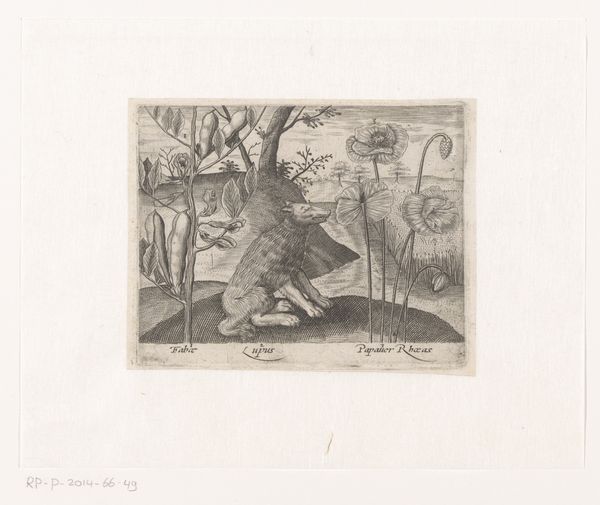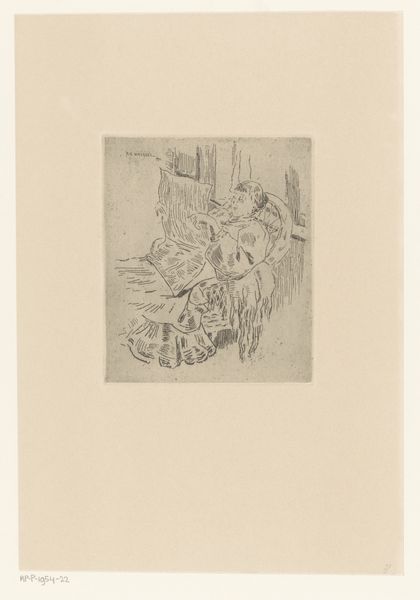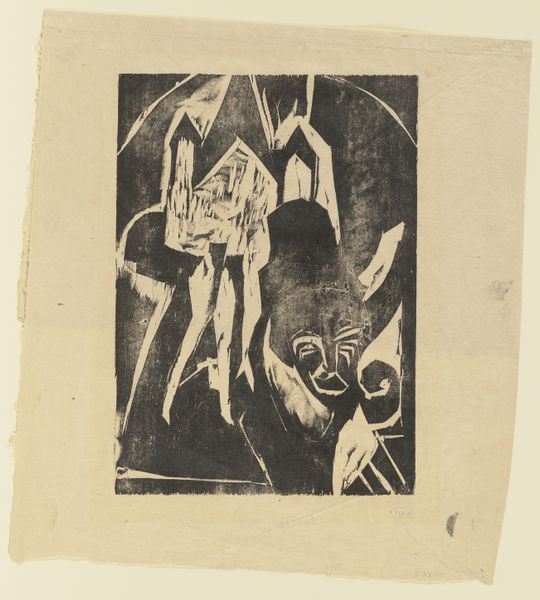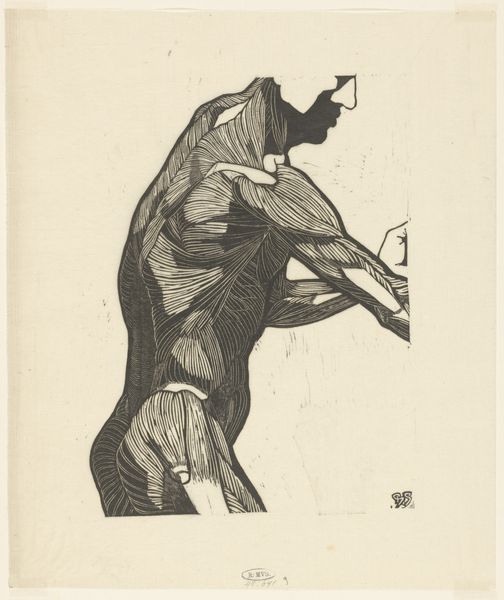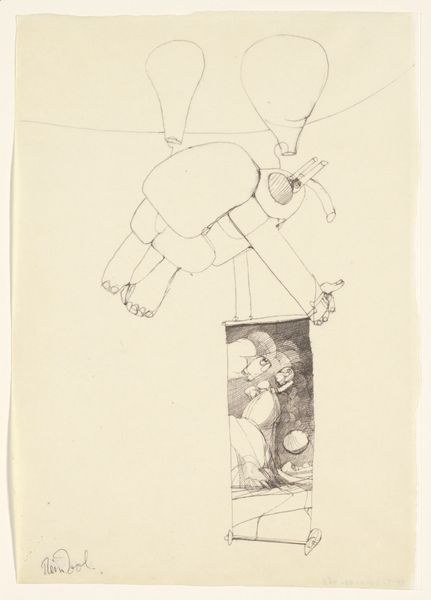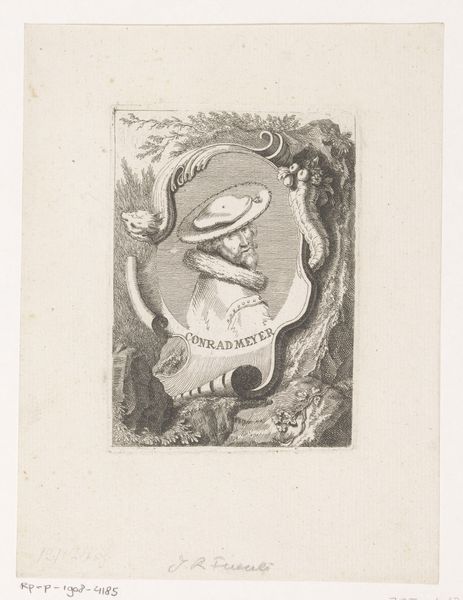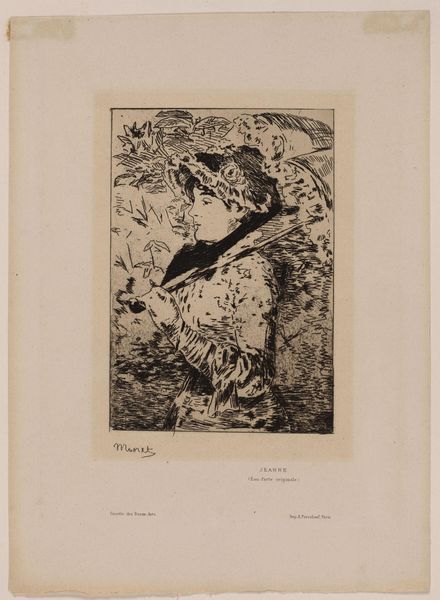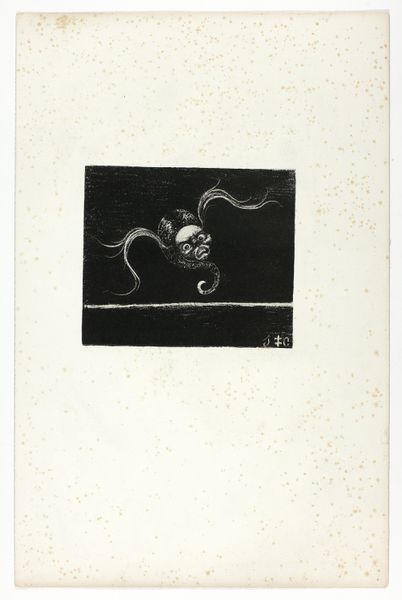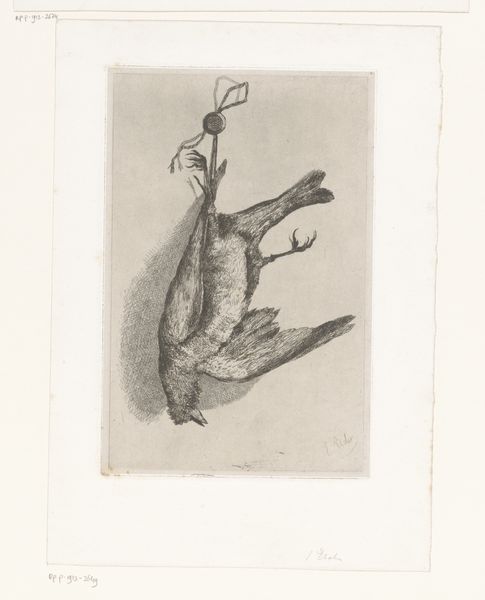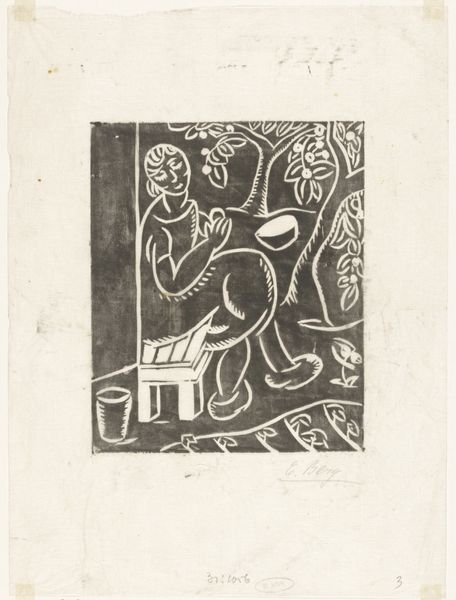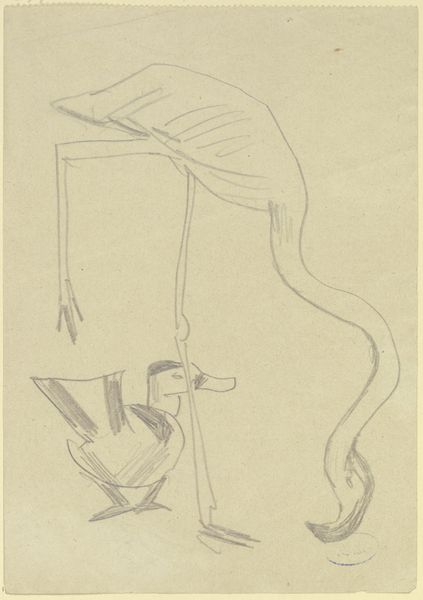
print, etching
#
portrait
# print
#
etching
#
figuration
#
modernism
Dimensions: height 100 mm, width 68 mm
Copyright: Rijks Museum: Open Domain
Editor: This etching, titled "Harlekijn" made in 1925 by Lodewijk Schelfhout, is rather intriguing. I’m struck by how the harlequin, with his patterned costume, appears both present and somewhat detached from the smaller figure in the background. How do you interpret this work in terms of its historical context? Curator: It's interesting to consider how Schelfhout uses the figure of the Harlequin, a stock character from the Commedia dell'arte, in the early 20th century. These characters experienced a resurgence in popularity in visual art at the time. In the interwar period, artists often used Harlequin to explore themes of alienation and performance, masking identity behind elaborate costumes and exaggerated gestures. Notice how the etching process contributes to a sense of fragility and fleetingness. Do you think that adds another dimension to those themes? Editor: That's a really good point about the etching. It does make it feel transient, almost like a memory. I hadn't thought about the "masking identity" aspect, but that connects with the figure in the background being fainter and less defined. Almost like an obscured thought. Curator: Exactly. Artists in this period were grappling with shifting social roles and a sense of disillusionment after the First World War. Think about the context in which this print was created, reflecting anxieties about identity and the performance of self in a rapidly changing world. Who do you think this print might have been made for? What function would it serve for someone viewing it in 1925? Editor: It's incredible to think about this piece as a product and reflection of its time. Maybe its buyers were looking for some depth beyond the cheerful clown face, reflecting some wider anxieties. It makes the Harlequin less whimsical and more symbolic. Curator: Indeed. By examining art within its specific historical and socio-political moment, we can unlock deeper layers of meaning and gain a richer appreciation for its significance.
Comments
No comments
Be the first to comment and join the conversation on the ultimate creative platform.
